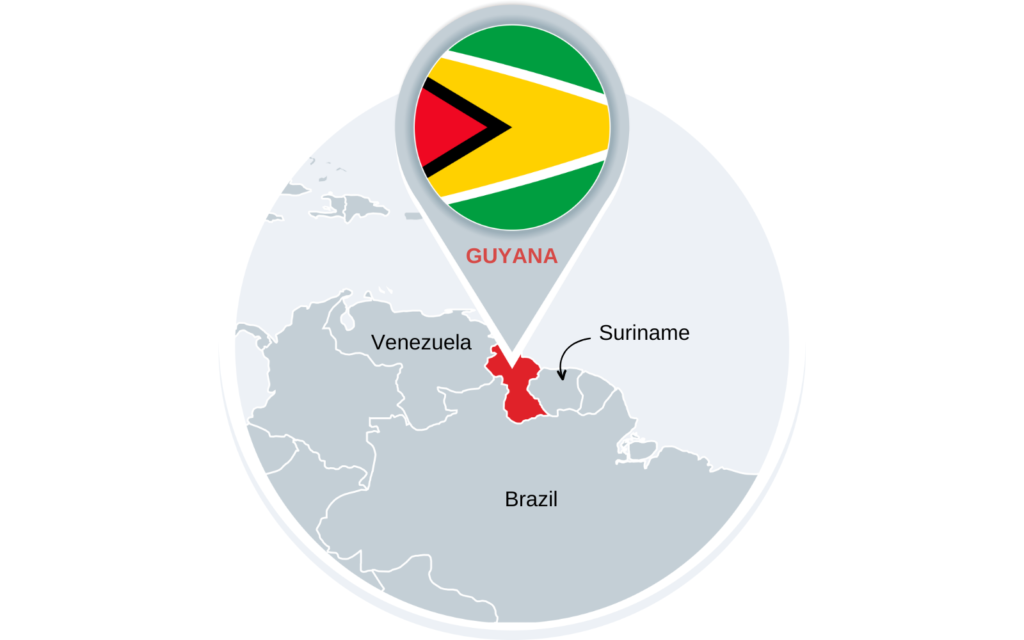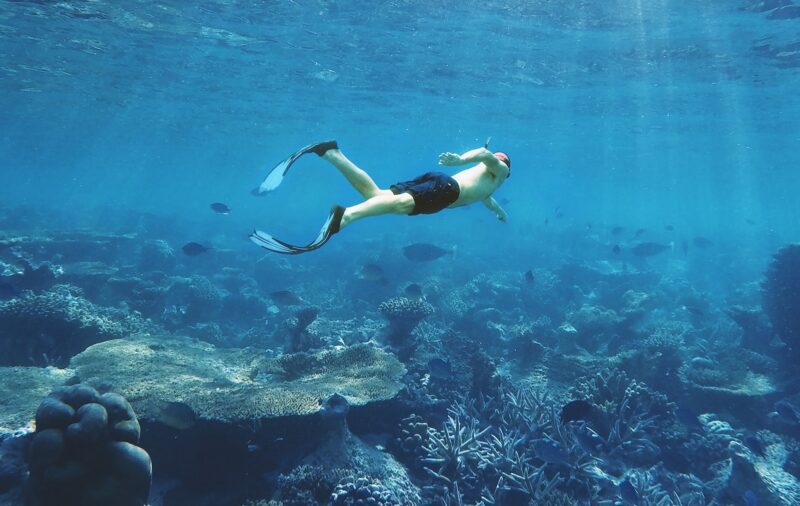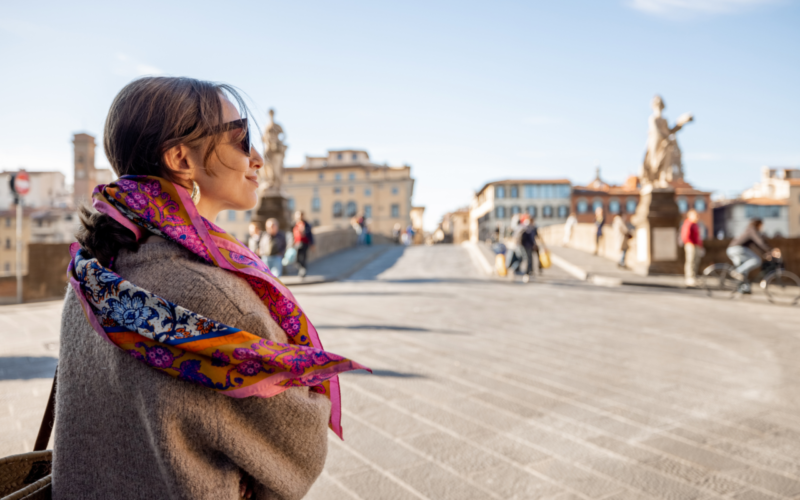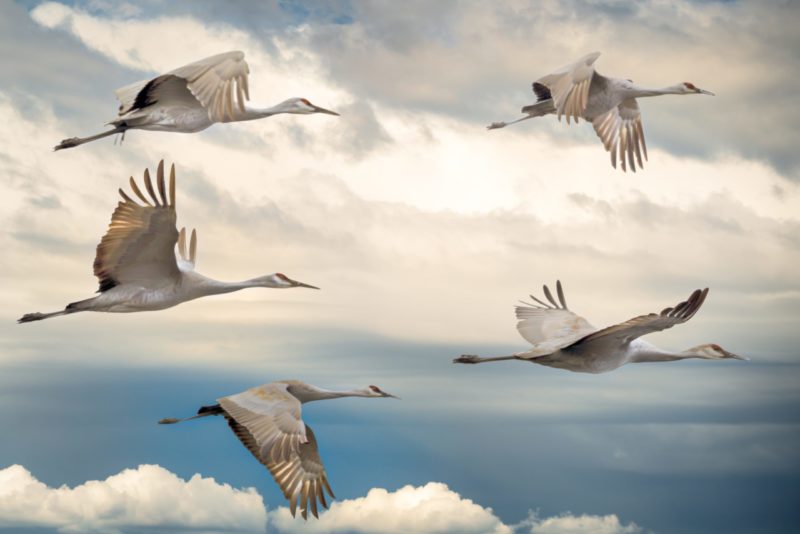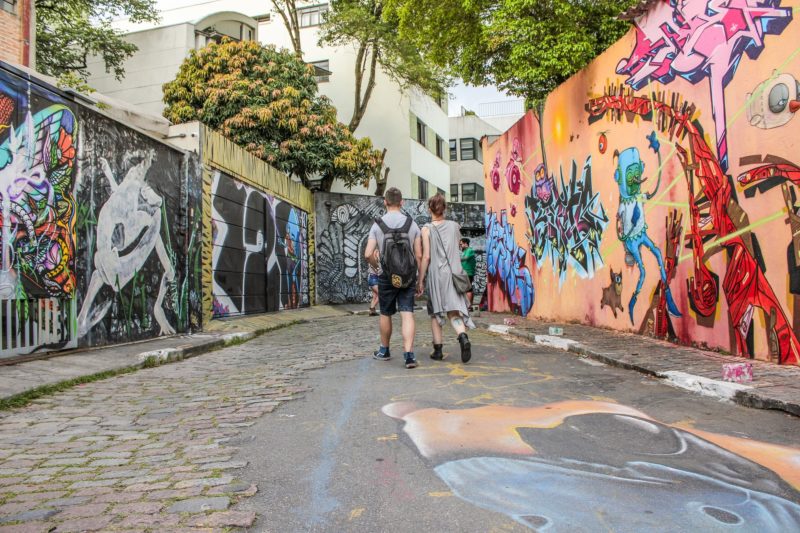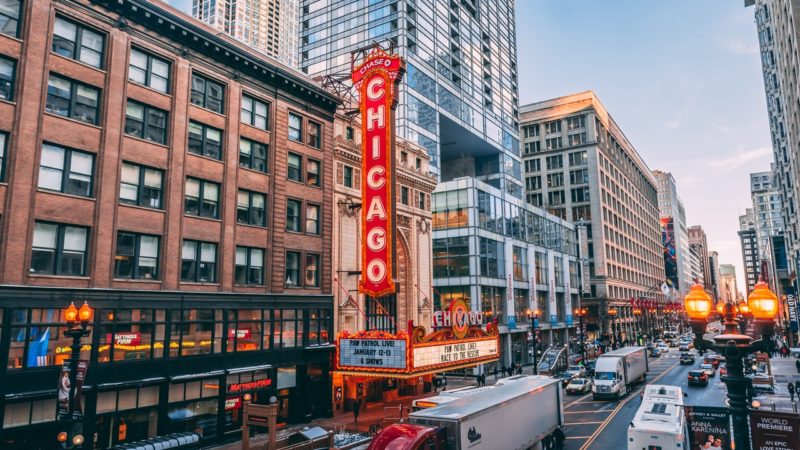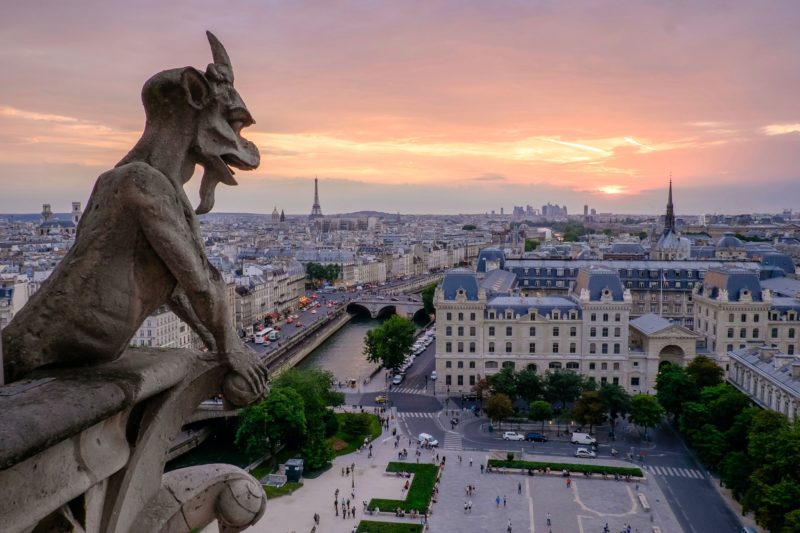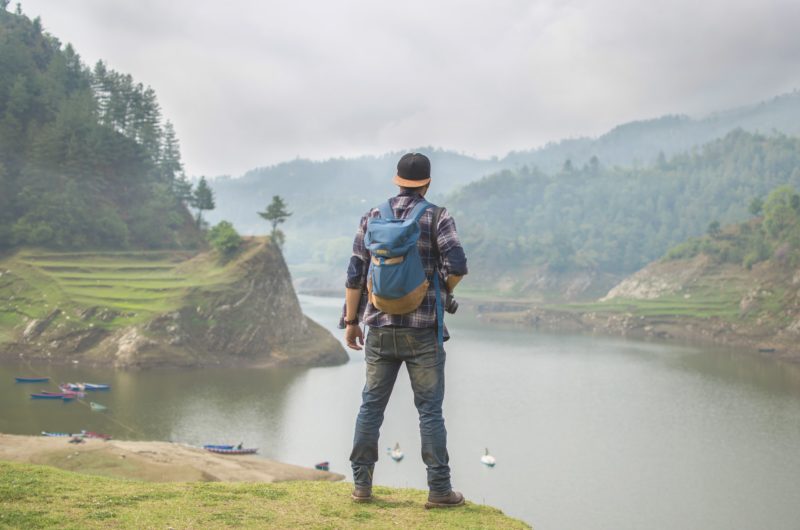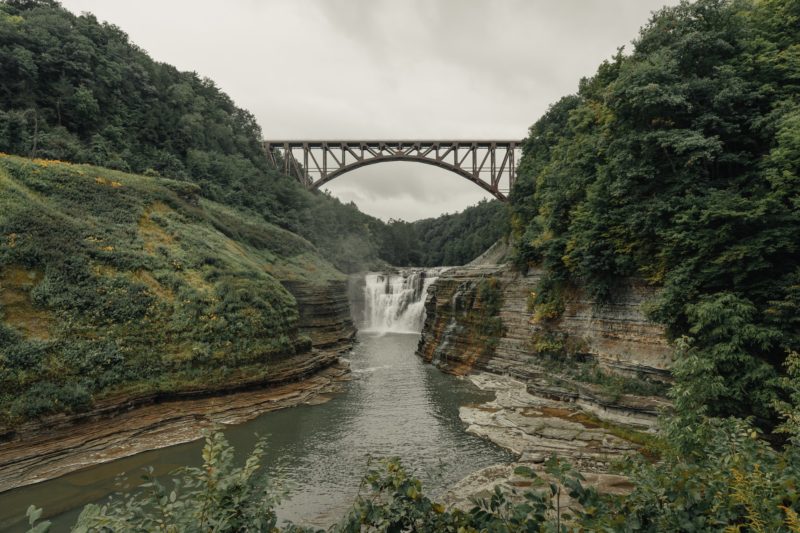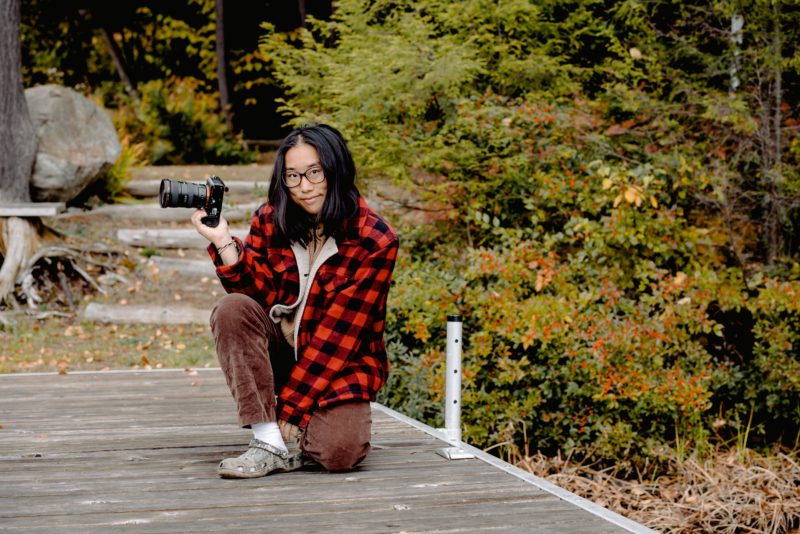Guyana is a small but incredibly diverse country that is packed with natural beauty, unique wildlife, diverse culture, and welcoming locals. Despite being one of the least visited countries in South America, Guyana is a paradise for adventure-seekers and nature lovers.
Let’s have a look at some interesting facts about Guyana that you should know!
Where is Guyana Located?
Guyana is a country located on the northern mainland of South America. The Atlantic Ocean surrounds Guyana from the north, and it shares borders with Brazil to the south, Suriname to the east, and Venezuela to the west.
What is the Official Language of Guyana?
Guyana is the only country in South America where English is the official language, making it the only English-speaking country on the continent. Several other languages are spoken, including Creole, Hindi, and Indigenous languages.
What is the Currency of Guyana?
The currency of Guyana is the Guyanese dollar.
What is the Culture of Guyana Like?
The community in Guyana is a unique blend of people of African, Indian, European, and indigenous Amerindian origin. This results in a beautiful cultural fusion shown in various ways, including architecture, gastronomy, and entertainment. Guyanese people are recognized for their warmth and hospitality, and they enjoy sharing their culture and way of life with guests. You’ll always be greeted with a smile and a helpful hand, whether you’re touring Georgetown’s markets or hiking into the rainforest.
What Souvenirs Should you Bring from Guyana?
Some things you can get in Guyana include bows and arrows, Amerindian hammocks, salad bowls, and pottery.
What are the Top Attractions in Guyana?
Guyana has many fascinating places to visit, including:
- Kaieteur Falls – the world’s largest single-drop waterfall.
- Iwokrama Forest – a vast and biodiverse rainforest home to several rare and endangered species.
- Shell Beach – a pristine beach that is a popular nesting ground for sea turtles.
- Georgetown – the capital city of Guyana, which offers fascinating architecture, as well as cultural events.
- Rupununi Savannah – a vast savannah region that is home to many indigenous communities and abundant wildlife.
- Kanuku Mountains – a mountain range in southern Guyana known for its stunning scenery and diverse flora and fauna.
- Bartica – a town located at the confluence of the Essequibo, Mazaruni, and Cuyuni rivers that is the perfect destination for water sports and adventure activities.
Is Guyana Safe?
Yes, Guyana is generally a safe country to visit. However, like any other destination, it’s important to take common-sense precautions, such as not walking alone at night and being aware of your surroundings.
What Is the Best Season to Visit Guyana?
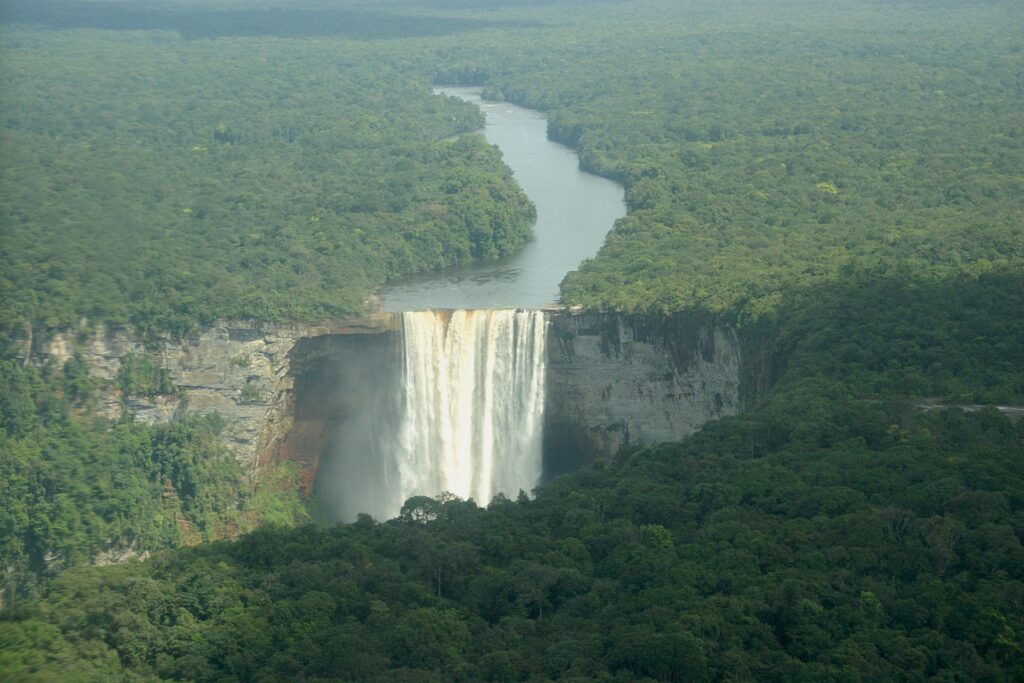
The best time to visit Guyana is typically between November and April, the country’s dry season. The sunniest days tend to be during December and January, and the countryside is at its most lush and vibrant during the wet season from May to August.
What Should You Pack for a Trip to Guyana?
You should pack lightweight, breathable clothing, a reusable water bottle, insect repellent, sun protection, and comfortable shoes suitable for hiking.
Other Facts About Guyana:
- The country’s name derives from an Amerindian word meaning “Land of Many Waters,” which is fitting since Guyana is home to many rivers, including the Essequibo River, which is the longest and widest river in the country.
- Guyana is constantly making efforts to promote sustainable development, conserve its natural resources and protect the rainforest from oil extraction, gold mining, and logging. The best way you can help is then to support these efforts by booking sustainable experiences with local agencies. Sustainable tourism revenue can help fund conservation efforts, including hiring rangers to patrol the forest, supporting scientific research, and encouraging sustainable land use practices.




